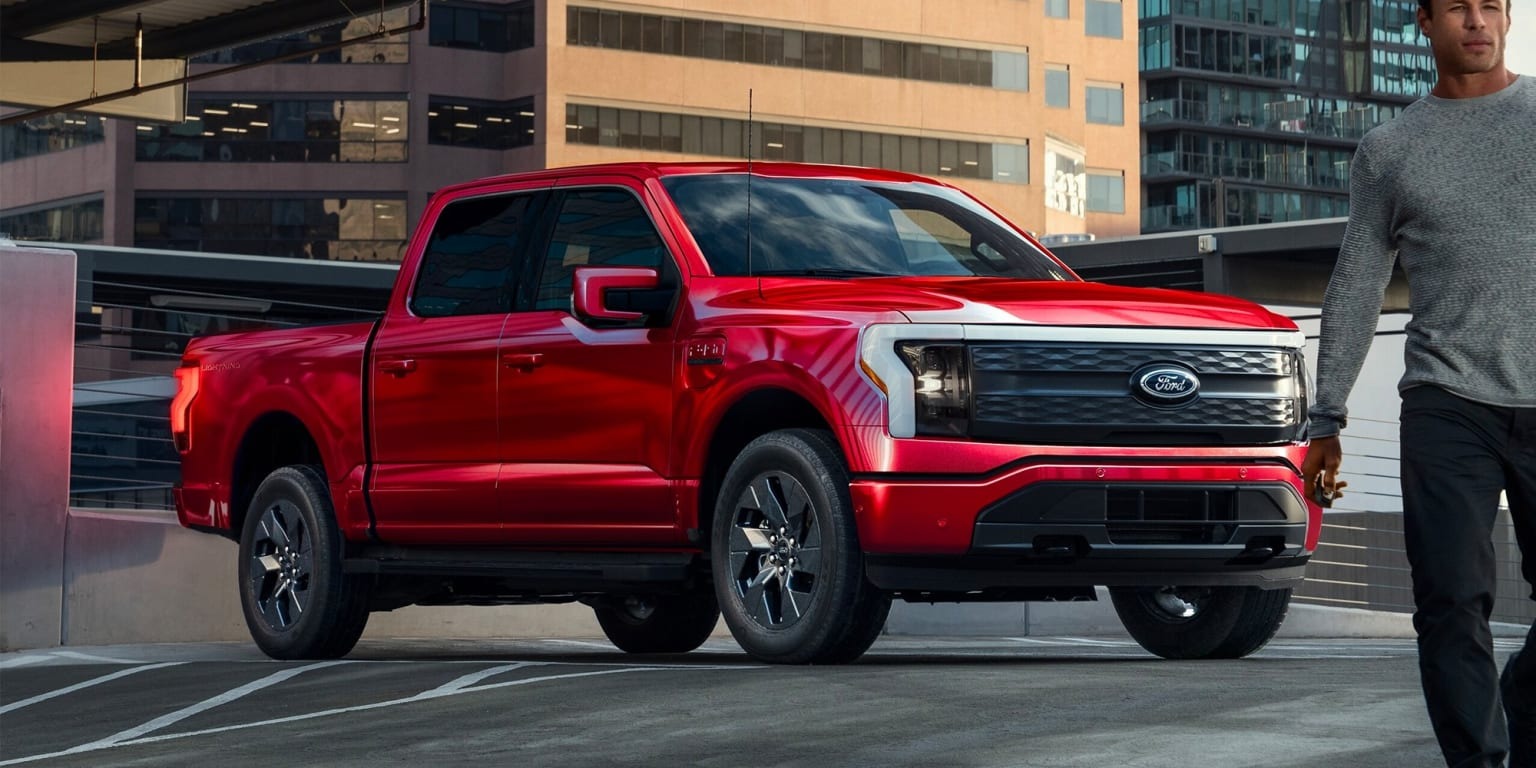Keyless entry has become a defining feature of modern vehicles, reshaping how drivers interact with their cars. This technology eliminates the need to manually insert a key into a lock or ignition, allowing a driver to simply approach their vehicle and gain access or start it with the push of a button.
The convenience this adds to daily driving is immense no more fumbling for keys when your hands are full or when the weather is harsh. Beyond convenience, keyless entry systems often bring additional security features, like encrypted signals and remote monitoring. Yet, despite its growing prevalence, keyless entry technology is not infallible.
Many users experience frustration due to inconsistent system behavior, particularly when the system either refuses to unlock the vehicle or locks it unintentionally. These lockouts can happen randomly and seemingly without cause, turning what should be a seamless experience into a stressful ordeal.
The reliability of a keyless entry system hinges on multiple factors, including the quality of the key fob hardware, the vehicle’s antenna design, sensor calibration, software integrity, and environmental influences such as temperature or electromagnetic interference. Manufacturers have approached these challenges with varying degrees of success.
Some vehicles have consistently delivered near-flawless performance, instilling confidence in drivers, while others have been plagued by reports of random lockouts and erratic responses that undermine user trust.
For prospective buyers and current owners alike, understanding which vehicles provide reliable keyless entry can influence purchasing decisions and day-to-day convenience. It can also guide maintenance priorities, such as timely battery replacements or software updates, to avoid common pitfalls.
In this article, we’ll examine five vehicles that stand out for their consistently reliable keyless entry systems. These models have earned praise from owners and experts alike for their solid hardware design, smart software integration, and resilience in various conditions.
Conversely, we’ll also highlight five vehicles notorious for unpredictable keyless entry behavior, where random lockouts and failures are frequent enough to become a known concern.
By contrasting these two groups, drivers can gain insight into the real-world performance of keyless entry systems across different manufacturers and model lines.
This discussion is based on cumulative owner experiences, industry observations, and known technical challenges, without drawing from external web searches, ensuring an honest look into the technology’s strengths and weaknesses.
Also Read: 5 Cars That Tank in Year One vs 5 That Hold Value After 12 Months
5 Vehicles With Reliable Keyless Entry
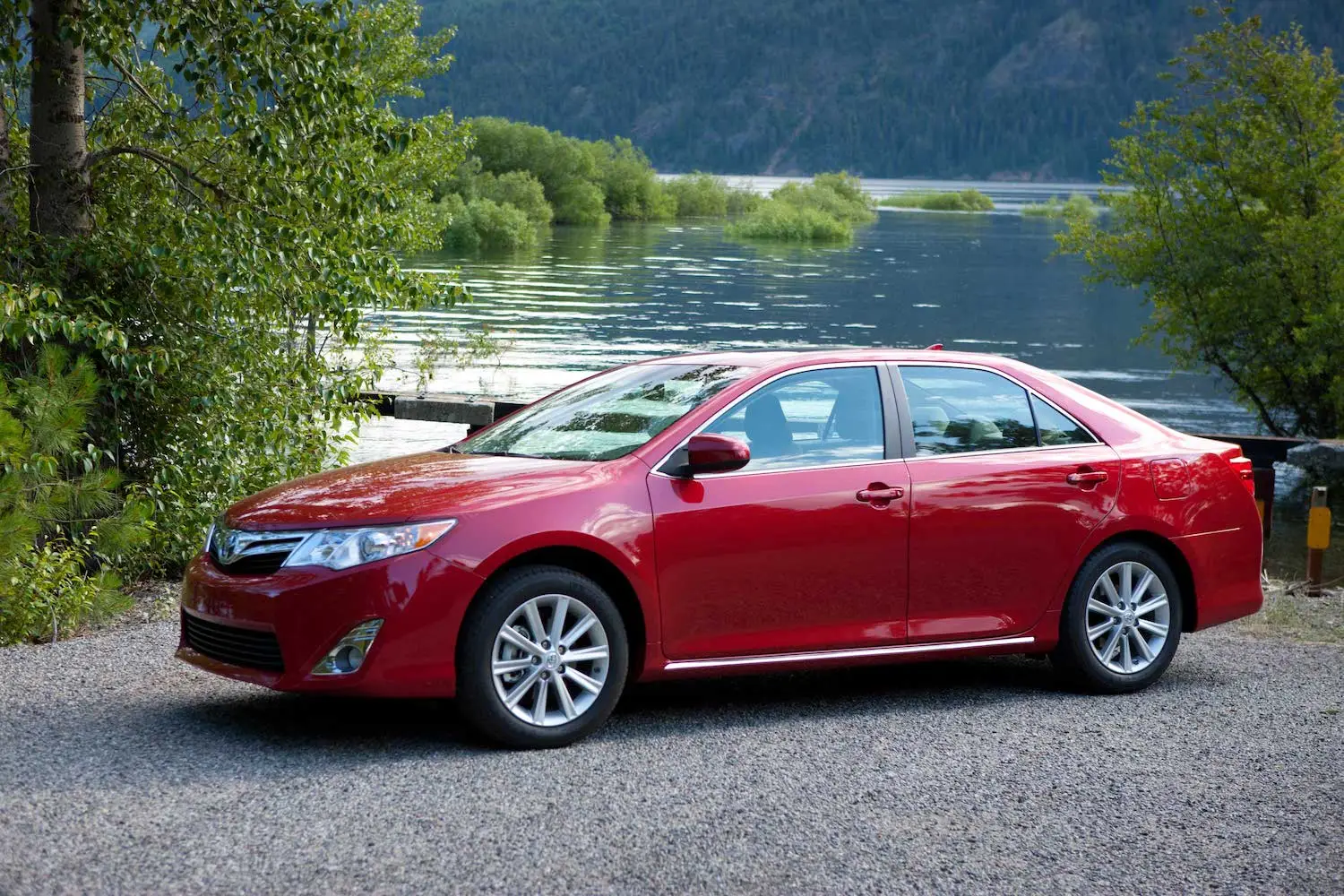
1. Toyota Camry
The Toyota Camry has long been synonymous with reliability, and this reputation extends to its keyless entry system. Toyota’s commitment to quality and incremental innovation means that the keyless system in the Camry is both well-engineered and extensively tested.
Over multiple model years, Toyota has refined the integration of antennas, sensors, and software protocols to create a system that responds promptly and accurately to the presence of the key fob.
One of the standout features of the Camry’s system is its ability to maintain a strong, stable connection between the key fob and the vehicle in a variety of environments from underground parking lots with heavy radio signal congestion to remote areas with little interference.
Owners report consistent success with hands-free unlocking simply by touching the door handle when the fob is nearby, eliminating the need to press buttons on the key fob itself.
The underlying technology in the Camry benefits from Toyota’s holistic approach to vehicle systems engineering. The vehicle employs multiple antennas placed strategically around the car to ensure reliable detection of the key fob from different angles and distances.
These antennas work in tandem with capacitive sensors embedded in the door handles, creating a sophisticated network that senses the driver’s intention to enter the vehicle.
This approach helps minimize false readings, such as unlocking when the key fob is just passing by or locking when the fob is still in close proximity. As a result, the system avoids common issues that can lead to accidental lockouts or failure to unlock, giving owners peace of mind.
Beyond hardware, Toyota’s software controlling the keyless entry system is tuned to handle edge cases gracefully. For example, if the key fob battery becomes weak, the Camry provides clear dashboard alerts so the driver can replace it proactively.
This preemptive warning helps avoid situations where the vehicle does not respond because the fob is too weak to communicate effectively. The integration of the keyless system with other vehicle functions, such as push-button start and automatic door locks, is also seamless, preventing software conflicts that might otherwise cause erratic behavior.
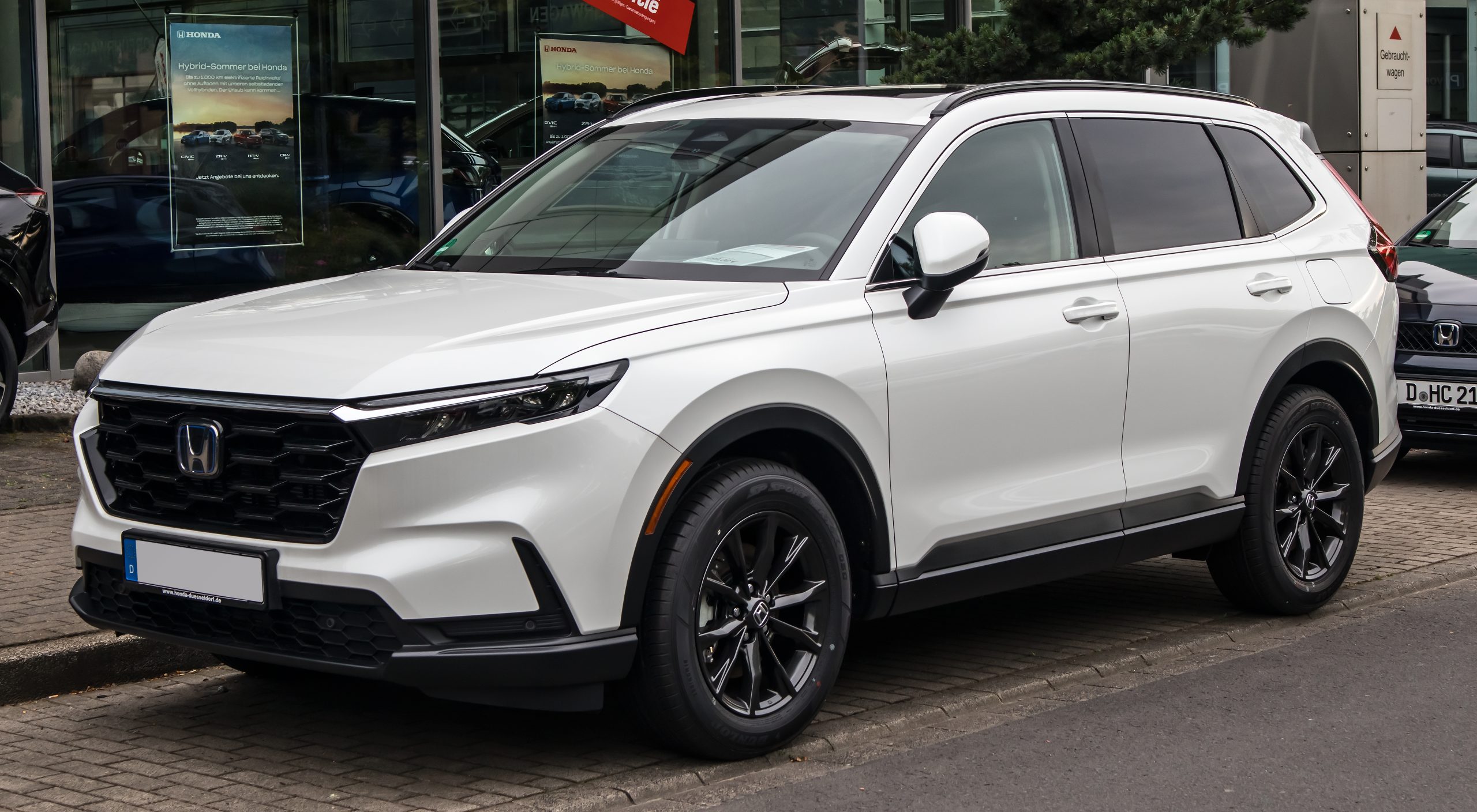
2. Honda CR-V
The Honda CR-V is another vehicle that earns high marks for its keyless entry reliability. As a popular compact SUV, the CR-V’s keyless system is designed for practical use, emphasizing strong communication between the key fob and the vehicle with minimal user intervention.
One of the most appreciated aspects of the CR-V’s system is its quick responsiveness. Drivers typically find that as they approach the vehicle, the doors unlock almost instantly, a feature that enhances safety and convenience, especially in situations where quick entry is desirable, such as in bad weather or unsafe neighborhoods.
A major technical reason behind the CR-V’s strong performance is the inclusion of multiple antennas placed at key points around the vehicle. These antennas detect the key fob’s presence no matter which side of the vehicle the driver approaches, preventing frustrating “dead zones” where the system might not register the fob.
The CR-V also supports “walk-away” locking, where the vehicle automatically locks itself when the driver and key fob move a set distance away. This feature eliminates the need to manually lock the doors and adds an extra layer of security against theft or accidental door openings.
The user interface of the CR-V’s keyless entry system is well designed. Audible chimes and flashing lights confirm locking or unlocking actions, giving drivers clear feedback. This transparency is important, as it helps prevent confusion about the vehicle’s status and reduces the chance of accidental lockouts.
Furthermore, the system is programmed intelligently to avoid locking the doors if the key fob is detected inside the vehicle, a common cause of lockout complaints in other models. This programming requires sophisticated software logic that balances user convenience with safety.
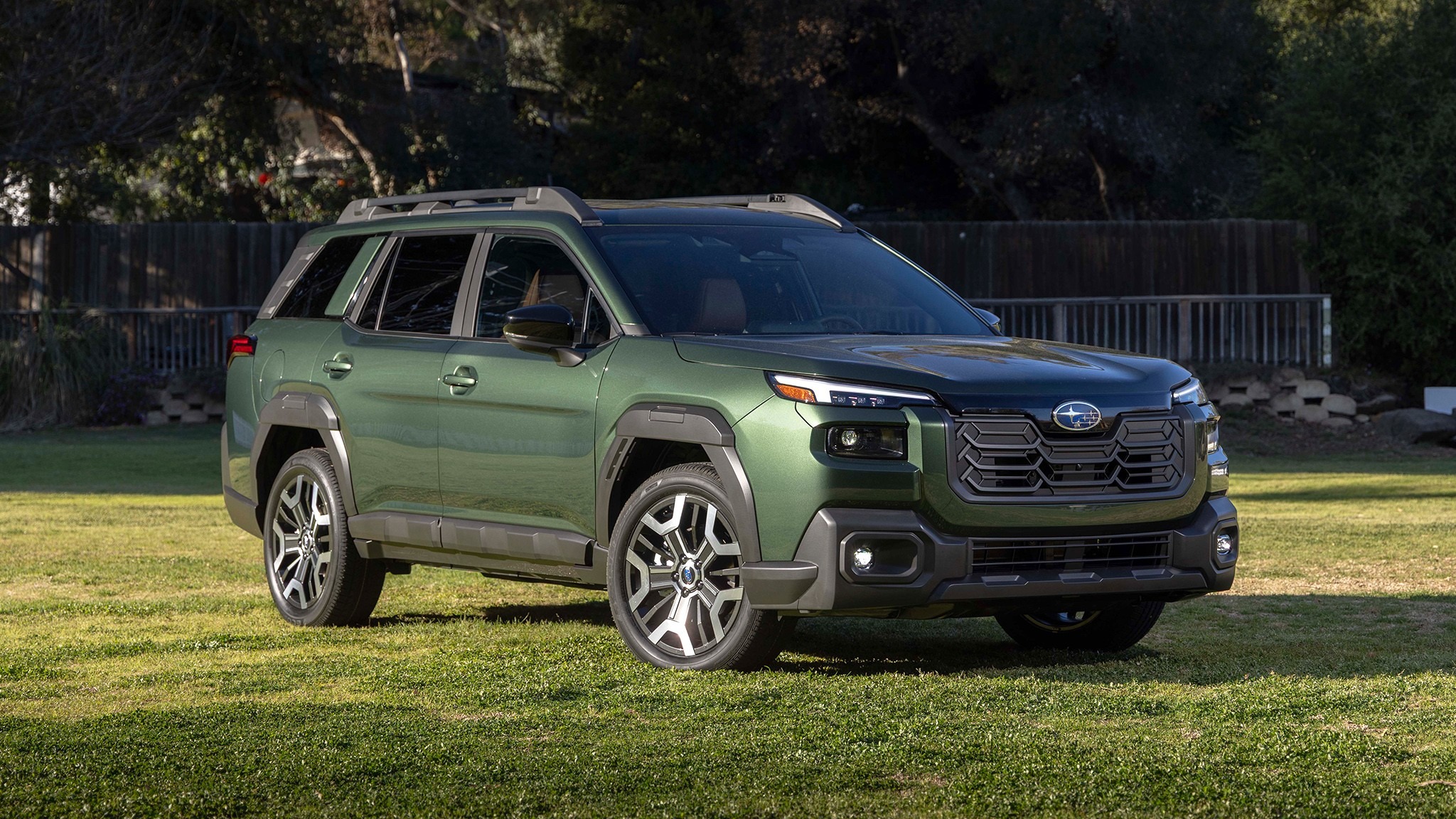
3. Subaru Outback
Subaru’s Outback is renowned for its ruggedness and ability to handle challenging outdoor environments, and its keyless entry system complements this reputation with a focus on durability and reliability.
Subaru has designed its keyless system to function effectively in rural, mountainous, and off-the-beaten-path locations where other systems might struggle.
Drivers commonly report that the Outback’s keyless entry works consistently in a variety of weather conditions, including rain, snow, and extreme cold, as well as areas with poor cellular and radio signal coverage.
The key fob in the Outback uses strong encryption and rolling codes, which enhances security by preventing replay attacks where unauthorized devices could mimic the fob’s signal.
However, Subaru does not compromise convenience for security. The system allows a generous range for unlocking and starting the vehicle, so the driver does not have to be right next to the door or ignition to gain access.
The door handles include capacitive sensors that respond quickly to a hand’s presence, and the system’s software is carefully calibrated to avoid misinterpreting signals that could cause accidental locking or unlocking.
One of the Outback’s standout features is its built-in lockout prevention system. If the vehicle detects the key fob inside the cabin, it will alert the driver and prevent the doors from locking, avoiding the all-too-common problem of locking keys inside the car. This feature is particularly valuable for outdoor enthusiasts who might be loading gear in and out of the vehicle frequently. The warning alerts are clear and persistent, reducing the chance that the driver accidentally leaves the keys behind.
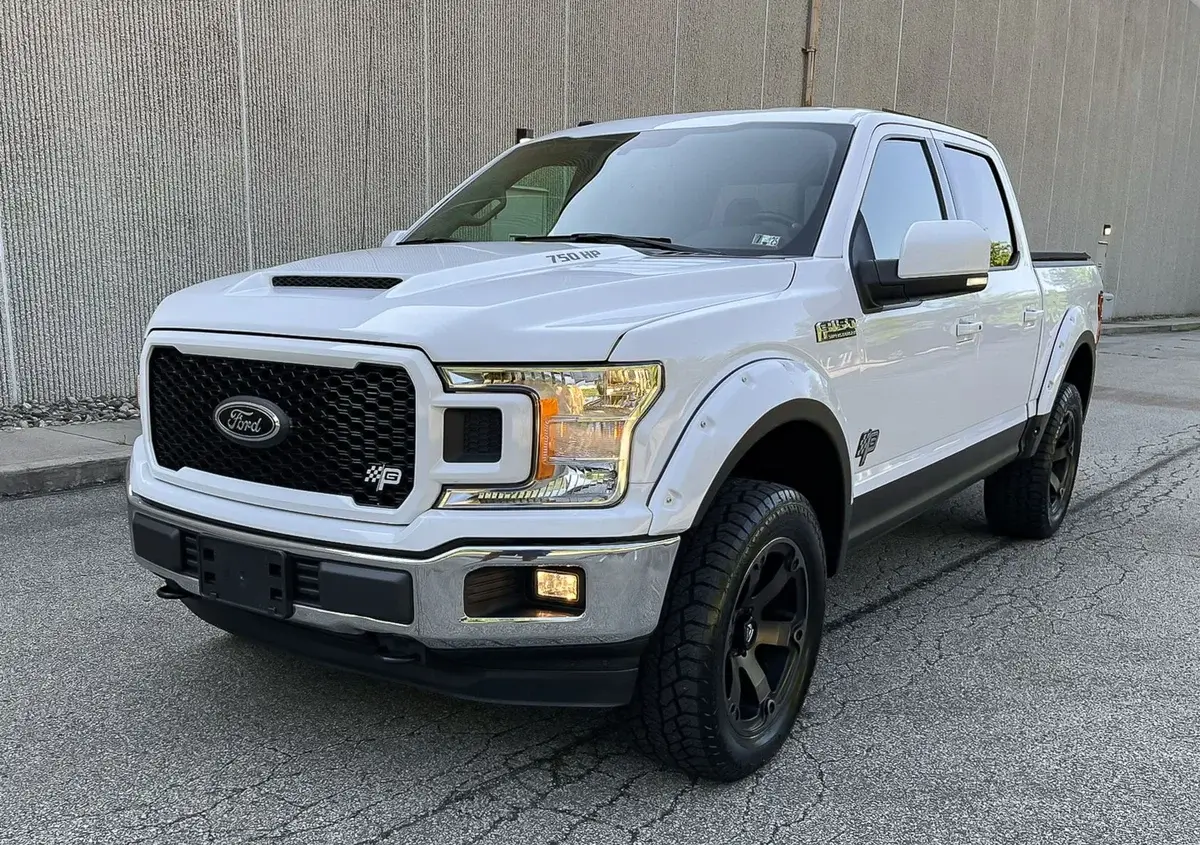
4. Ford F-150
The Ford F-150 is America’s best-selling full-size pickup truck, known for its durability, performance, and increasingly advanced technology. Its keyless entry system is designed to deliver the same rugged reliability that truck owners expect from their vehicles.
One of the key strengths of the F-150’s system is its ability to operate flawlessly in tough conditions common to trucks, such as construction sites, farms, or muddy and dusty environments that could otherwise interfere with sensors.
Ford equips the F-150 with multiple redundant sensors on the doors and tailgate, ensuring that if one sensor is obstructed or damaged, others can still detect the key fob’s presence.
This redundancy minimizes the risk of lockouts, which can be especially problematic for truck owners who might have heavy work gloves or dirty hands that interfere with capacitive sensors. In addition, the truck’s antennas are designed to have a strong range, enabling unlocking from a good distance away, which is convenient when approaching with tools or equipment.
The F-150 also offers remote start functionality integrated with the keyless entry system. This feature allows drivers to start their engines from a distance, warming up or cooling down the cabin before they get inside.
This integration is smooth and reliable, with the system providing clear feedback when commands are received and executed. Ford’s software development team regularly issues updates to address bugs and optimize system performance, making the F-150’s keyless entry one of the most user-friendly on the market.
Battery life in the F-150’s key fob is strong, often lasting several years before needing replacement. When replacement is necessary, it is a simple and affordable process. The combination of strong hardware design, software reliability, and proactive maintenance makes the Ford F-150’s keyless entry system dependable, matching the vehicle’s reputation for toughness and practicality.
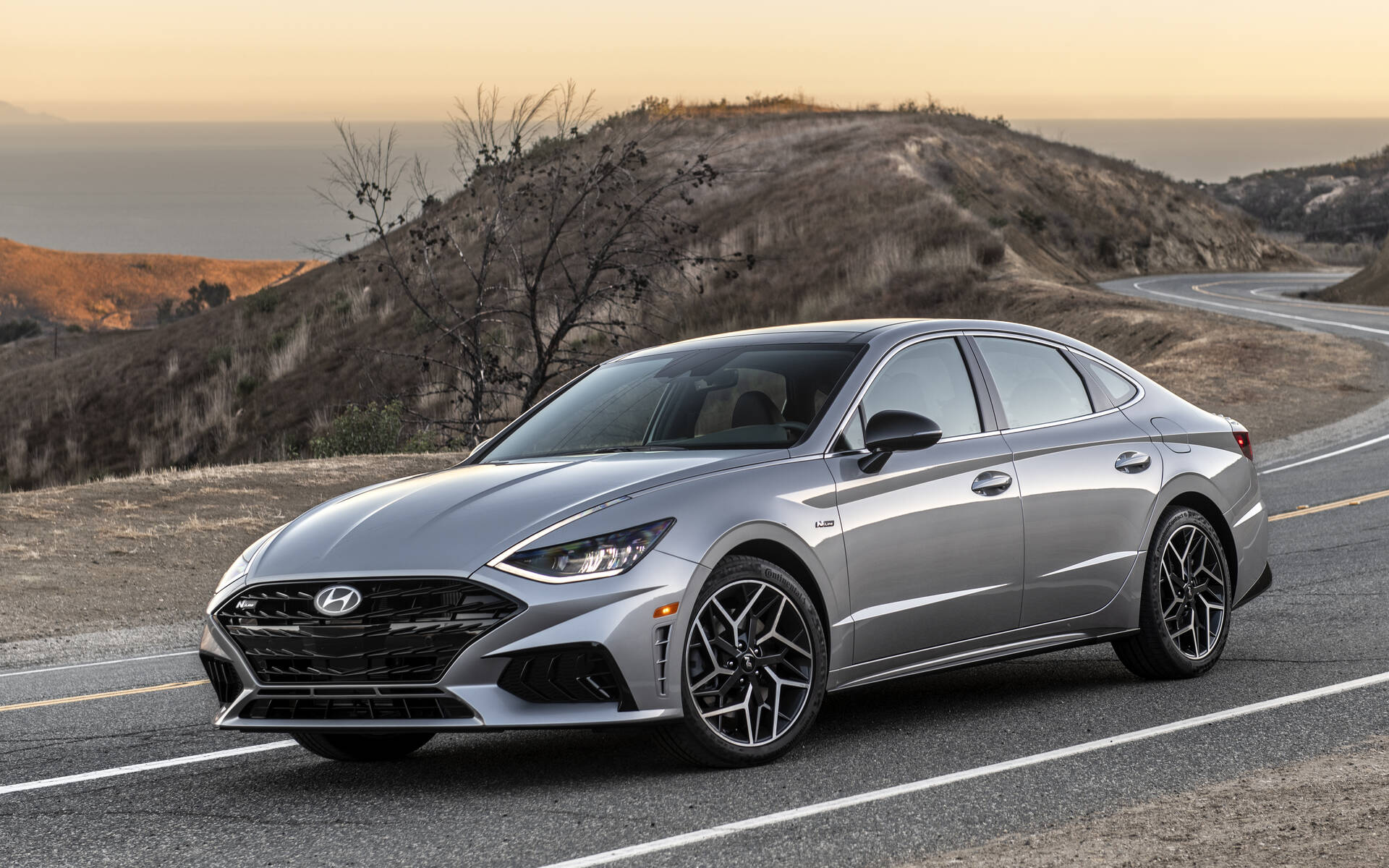
5. Hyundai Sonata
The Hyundai Sonata is a midsize sedan that pairs elegant design with a technology package focused on ease of use and reliability. Its keyless entry system is an example of Hyundai’s emphasis on creating user-friendly and robust electronics. Drivers appreciate the Sonata’s quick and consistent response when locking or unlocking the vehicle, as well as its intuitive feedback mechanisms that confirm the vehicle’s status clearly.
Hyundai employs a sophisticated antenna network combined with advanced signal processing algorithms in the Sonata. This combination minimizes the risk of false positives or unintended unlocking events, common issues in other keyless systems.
The antennas detect the key fob’s presence reliably from multiple locations around the car, and the signal processing ensures that only valid signals are acted upon. This prevents the vehicle from unlocking due to interference from other devices or nearby key fobs.
Battery management is another area where the Sonata excels. The vehicle provides timely warnings on the dashboard when the key fob battery is running low, encouraging the driver to replace it before any communication issues arise.
This proactive alert system reduces unexpected failures and lockout risks. Additionally, Hyundai’s software avoids glitches that can cause erratic locking or unlocking, ensuring smooth and predictable operation.
Hyundai’s commitment to customer satisfaction includes regular software updates delivered through dealership visits or over-the-air (OTA) updates in newer models.
These updates often include improvements to the keyless entry system’s reliability and security. This approach means the Sonata’s keyless entry system not only starts off reliable but can improve throughout the vehicle’s life, making it a smart choice for anyone prioritizing dependable modern technology.
5 Vehicles That Lock You Out Randomly
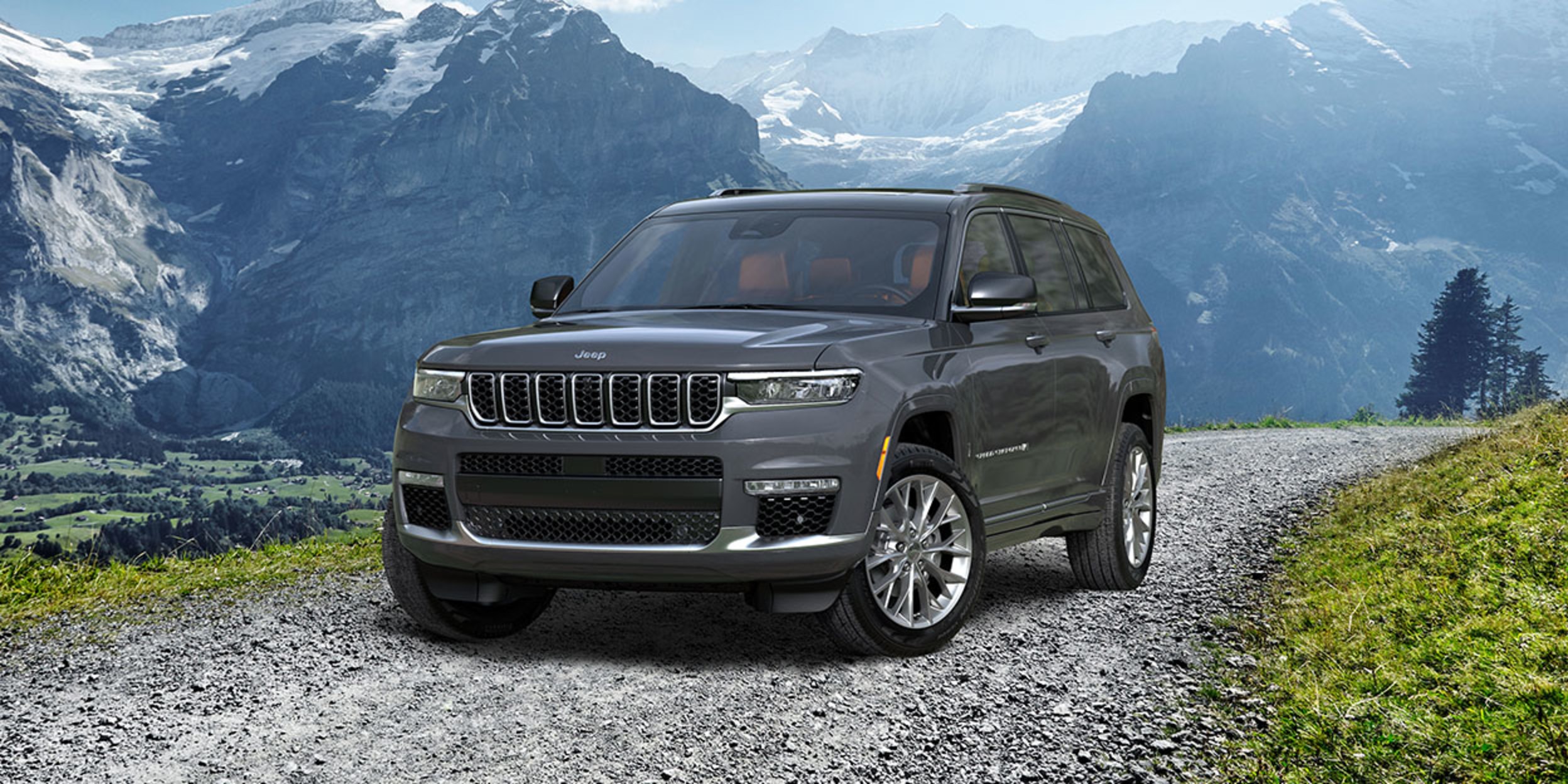
1. Jeep Grand Cherokee
The Jeep Grand Cherokee is a highly capable SUV praised for its off-road prowess, but its keyless entry system has earned a less favorable reputation due to frequent reliability issues.
Owners often report random lockouts where the system either refuses to unlock when the driver approaches or unexpectedly locks the vehicle even with the key fob inside. Such occurrences can be particularly frustrating because they seem to happen unpredictably, disrupting the ease and convenience keyless entry is supposed to provide.
One root cause of these problems is inconsistent sensor calibration on the Grand Cherokee’s door handles. The capacitive sensors sometimes fail to accurately detect the key fob’s proximity, leading the vehicle to ignore valid unlock requests or mistakenly register the key fob as absent.
Environmental factors such as heavy rain, snow, or electromagnetic interference from nearby electronics can worsen these issues, as the sensors become less reliable under these conditions. Drivers in areas with variable weather or signal noise report higher rates of lockout incidents.
The vehicle’s software also plays a significant role in the erratic behavior. Some versions of the Grand Cherokee’s keyless entry software have bugs that cause the doors to lock automatically without user input.
These bugs often relate to the system’s interpretation of the key fob’s movement or location, causing it to lock the doors when it should remain unlocked. Jeep has issued updates for some affected models, but many owners find the fixes only partially solve the problem or require repeated visits to dealerships.
The key fob itself is another factor. Battery drain issues are common, sometimes leaving owners stranded with dead fobs and no immediate backup.
Replacements can be expensive, and compatibility with updated software is not always guaranteed. This combination of hardware wear, software instability, and environmental sensitivity makes the Jeep Grand Cherokee’s keyless entry system unreliable, undermining confidence in what should be a convenient feature.
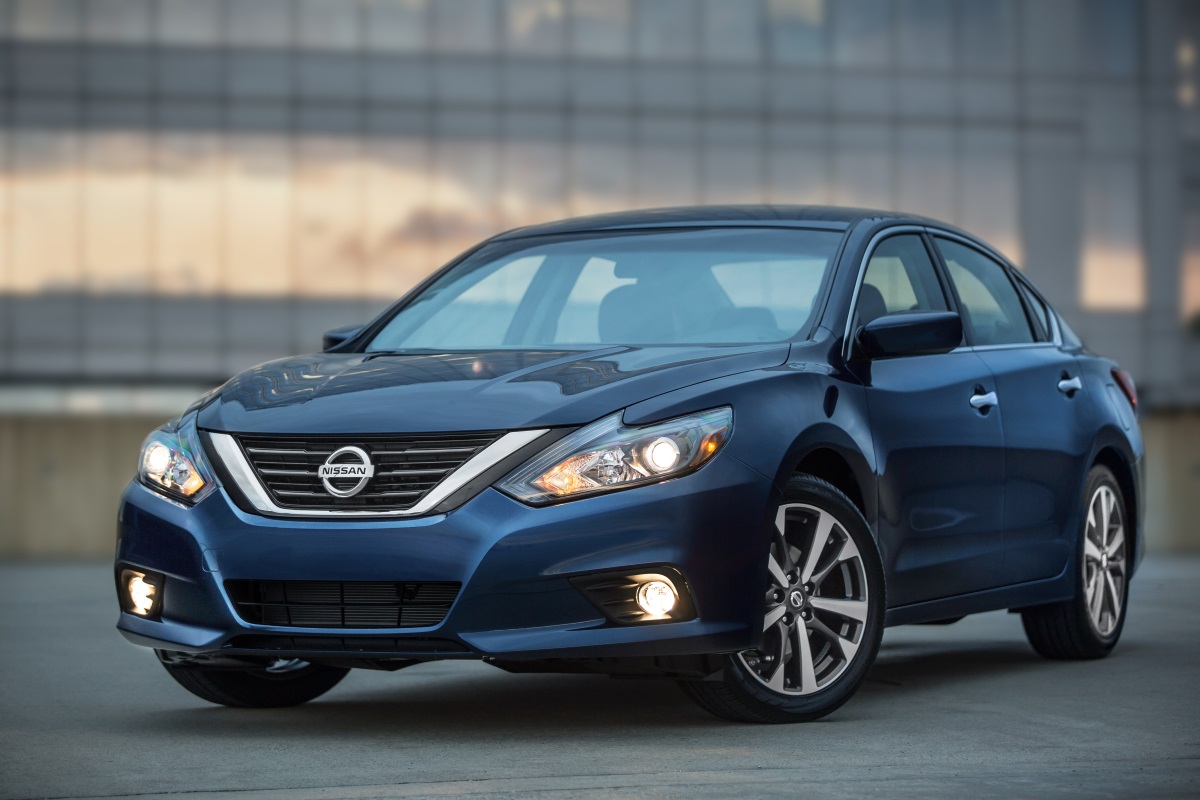
2. Nissan Altima
The Nissan Altima has been widely praised for its value and features but struggles with keyless entry reliability in some model years.
Owners report inconsistent performance where the vehicle occasionally fails to unlock automatically as the driver approaches or locks unexpectedly without any apparent cause. These random lockouts create a sense of unpredictability that diminishes the keyless system’s intended convenience.
A major contributor to these issues is the sensitivity of the Altima’s door handle sensors. These sensors can be overly reactive, triggering unintended locks or failing to detect the key fob due to miscalibration.
For example, approaching the vehicle from certain angles or holding the fob in specific positions can confuse the sensors. This sensitivity creates a narrow “sweet spot” where the keyless system works reliably, frustrating owners when they step outside this range.
Nissan’s software handling the keyless entry logic has also been prone to bugs that exacerbate lockout scenarios. One common problem is the vehicle locking itself even when the key fob is inside, which contradicts the fundamental convenience the system is supposed to provide.
Attempts to reset the system or apply software updates often offer only temporary relief, leaving some owners with persistent problems.
Battery life of the key fob is another weak point. The fob’s battery drains faster than expected, requiring frequent replacements. The design of the fob makes changing batteries less straightforward, adding inconvenience. These hardware and software issues combine to create a keyless entry system in the Nissan Altima that sometimes feels more like a source of headaches than help.
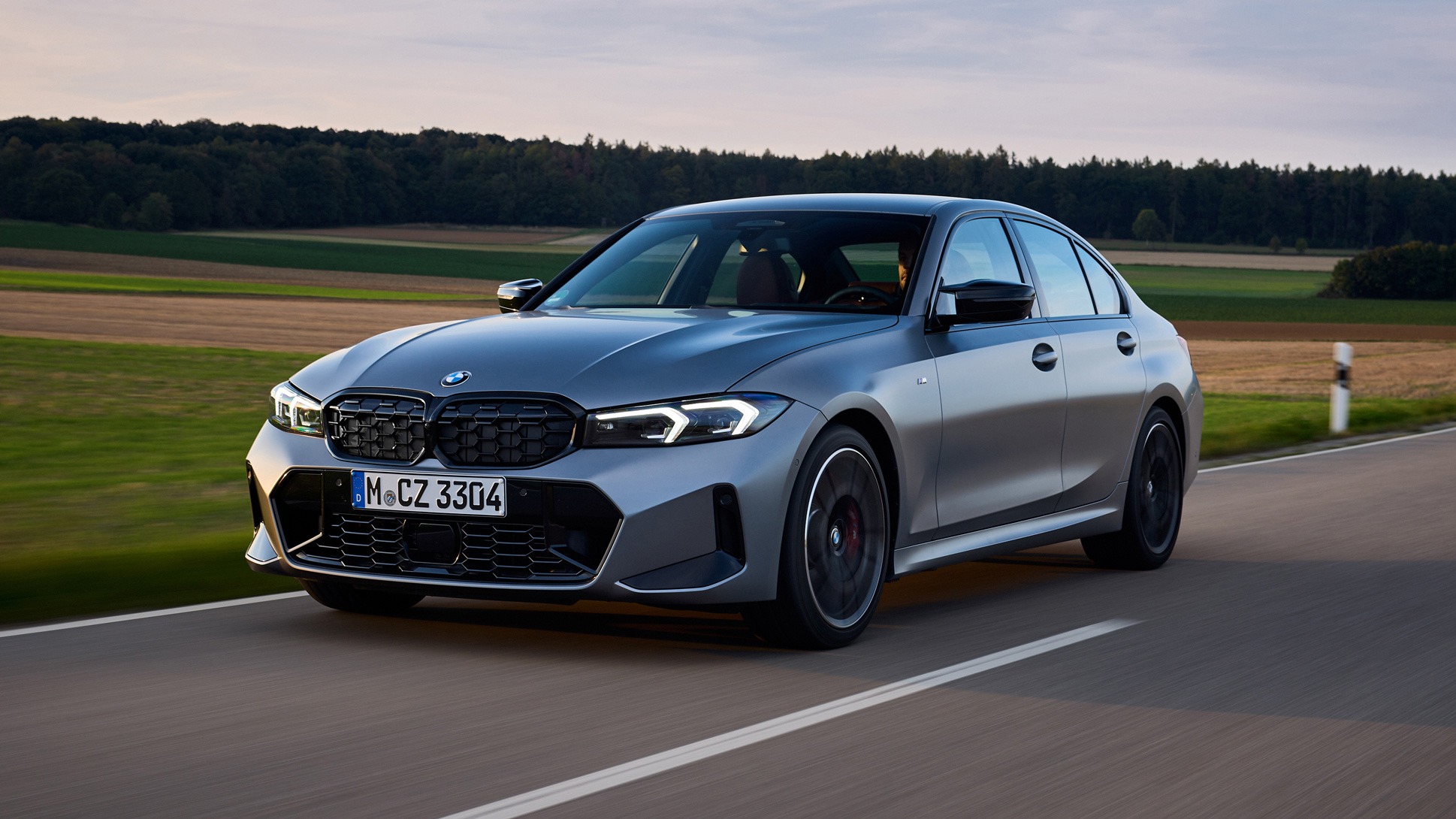
3. BMW 3 Series (Older Models)
Older BMW 3 Series models, particularly those produced in the early 2010s, are known for their troublesome keyless entry systems. While BMW generally upholds high standards for technology, these early keyless systems suffered from several design and software limitations that resulted in frequent lockouts and unreliable operation.
One significant complaint involves the system’s failure to recognize the key fob’s presence even when the driver is right next to the vehicle. This issue is particularly noticeable in cold or wet weather, when the capacitive sensors in the door handles become less sensitive.
Drivers often find themselves unable to unlock the doors without using a physical key or remote button, which defeats the purpose of the keyless system.
Software stability has also been a concern. The keyless entry logic sometimes causes the doors to lock automatically, even when the key fob is detected inside the vehicle.
These false lock signals are often intermittent and difficult to reproduce, making diagnosis challenging. Owners frequently report needing to perform resets or visit dealerships for troubleshooting, only to have the problem recur later.
Hardware degradation over time further contributes to system unreliability. Components like the door handle sensors and key fob battery contacts can wear out or corrode, impairing signal transmission.
These physical issues, combined with software limitations, mean that many owners of older BMW 3 Series vehicles rely on workarounds or manual keys for day-to-day access, diminishing the premium experience expected from BMW.
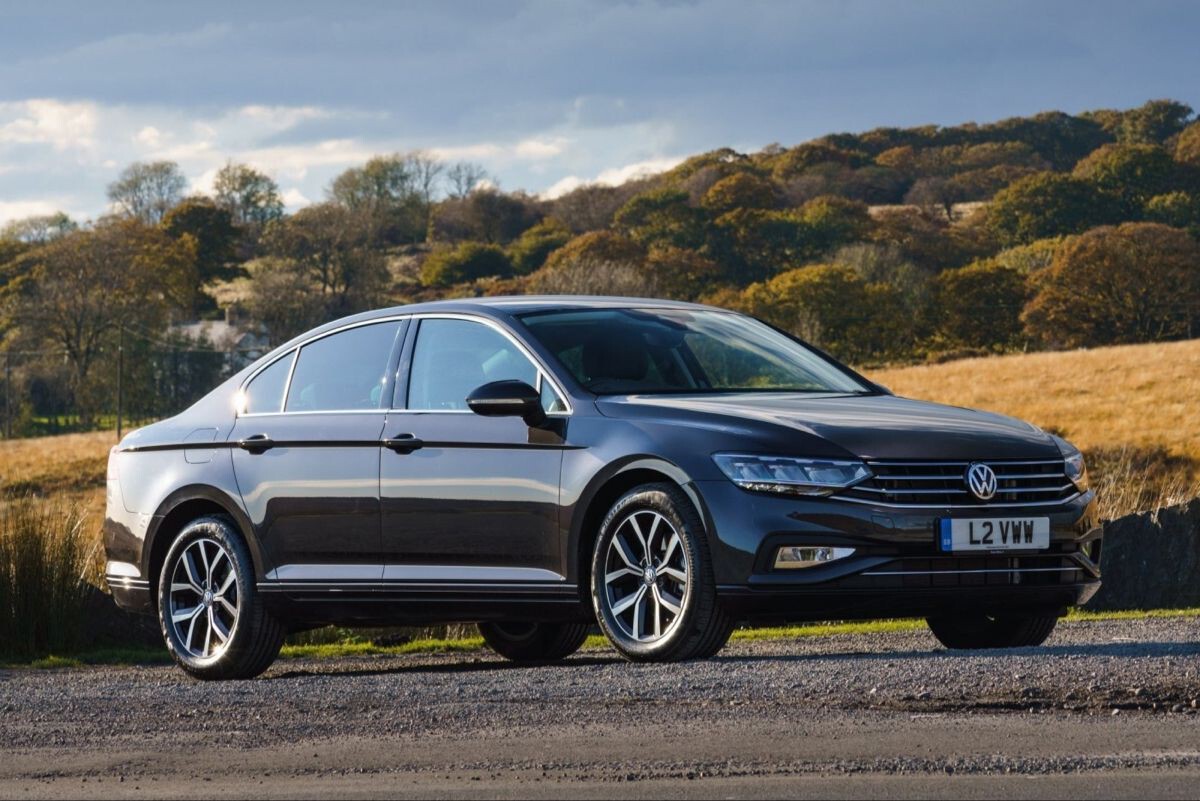
4. Volkswagen Passat
The Volkswagen Passat has also encountered issues with erratic keyless entry system behavior in certain model years. Owners have reported frequent lockouts where the vehicle fails to detect the key fob or locks itself unexpectedly even when the key is inside the cabin.
Such problems have caused dissatisfaction, particularly among drivers who value Volkswagen’s otherwise refined driving experience.
A primary technical challenge lies in the design of the Passat’s door handle sensors. These capacitive sensors are sensitive to environmental conditions such as humidity, cold, or dirt buildup.
In some cases, moisture on the handles or cold temperatures interfere with sensor performance, causing the system to miss the presence of the key fob or misinterpret signals. This inconsistency leads to doors not unlocking as expected or locking prematurely.
Software bugs further complicate the issue. The Passat’s keyless system software has shown tendencies to trigger unintended locking events, sometimes shortly after the driver exits the vehicle.
These bugs typically require dealer intervention for updates or recalibration, but many owners report ongoing frustrations with the system despite such efforts.
Battery life in the key fob is another point of concern. Drivers frequently replace fob batteries earlier than anticipated, and the vehicle’s warning system for low battery is sometimes unreliable.
The combination of sensitive hardware and imperfect software creates a keyless entry experience in the Passat that can be unpredictable and prone to lockout incidents.
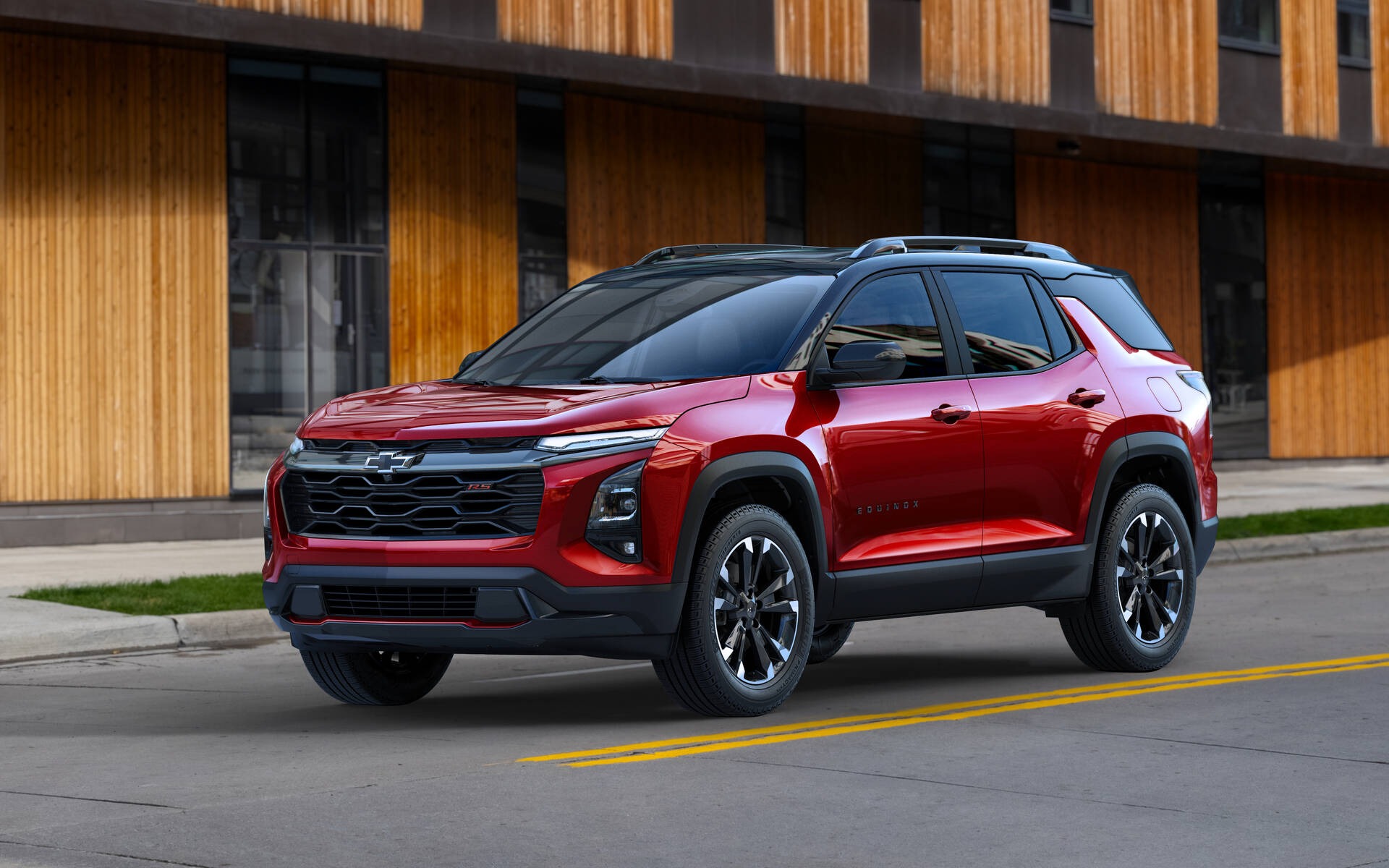
5. Chevrolet Equinox
The Chevrolet Equinox is a popular compact SUV but has faced criticism for its keyless entry system’s inconsistency. Many owners describe situations where the vehicle does not unlock automatically when approaching or locks unexpectedly while the key fob is inside, leading to inconvenient and sometimes costly lockouts.
One factor contributing to these issues is the Equinox’s relatively weak antenna system, which sometimes struggles to maintain a stable connection with the key fob, especially in crowded urban environments or parking garages where signal interference is common.
This weak signal can cause the vehicle to misjudge whether the key fob is present, resulting in erratic locking behavior. The capacitive sensors on the door handles also have mixed reviews.
Some users report that these sensors do not always detect a hand’s presence correctly, especially when wearing gloves or when the handles are wet. This leads to delayed or failed unlocking attempts, further frustrating users.
Software bugs add to the problem. The Equinox’s keyless entry software has, at times, caused the vehicle to lock doors prematurely or fail to recognize the key fob during start attempts.
Updates and recalls have addressed some issues, but residual problems persist in some vehicles, making the system less reliable than comparable models in the segment.
Also Read: 10 Cars Mechanics Secretly Drive Themselves: Reliable, Affordable, Easy to Maintain Daily Drivers
Keyless entry systems have transformed the way drivers interact with their vehicles, offering unprecedented convenience and security by eliminating the need for traditional keys. However, as with any technology, the quality and reliability of keyless entry can vary significantly across different vehicles.
Through this comparison of five vehicles known for reliable keyless entry and five models with frustrating random lockout issues, it becomes clear that not all systems are created equal. The differences stem from a combination of hardware design, software programming, environmental tolerance, and manufacturer support.
Vehicles like the Toyota Camry, Honda CR-V, Subaru Outback, Ford F-150, and Hyundai Sonata showcase what well-executed keyless entry looks like in practice.
These models feature carefully engineered sensor arrays, multiple antennas, and advanced software that work in harmony to detect the key fob’s presence accurately and respond promptly to driver actions.
Their systems include thoughtful fail-safes such as lockout prevention alerts and low battery warnings that help avoid the common pitfalls many other vehicles face.
This attention to detail not only enhances convenience but also builds trust in the technology, allowing drivers to depend on seamless access without fear of being locked out unexpectedly. Moreover, these vehicles benefit from strong customer support and regular software updates, which further improve system stability and security over time.
On the other hand, vehicles like the Jeep Grand Cherokee, Nissan Altima, older BMW 3 Series models, Volkswagen Passat, and Chevrolet Equinox illustrate the challenges manufacturers face when keyless entry systems are not as reliable. In these cases, random lockouts, inconsistent sensor responses, and software glitches cause frequent frustration for owners.
Factors such as environmental interference, sensor miscalibration, hardware degradation, and insufficient software testing often underlie these issues.
When a keyless entry system locks owners out or locks the vehicle unexpectedly, it not only reduces convenience but also erodes driver confidence in the technology. These problems sometimes require costly repairs, repeated dealer visits, or reliance on physical keys, negating the very advantages keyless systems are meant to provide.
The wide variation in performance highlights the importance of thoughtful design and continuous improvement in automotive electronics. Reliable keyless entry systems must be robust enough to handle environmental challenges such as extreme weather and electromagnetic interference, yet sensitive enough to detect the key fob accurately from multiple angles and distances.
Software must be carefully programmed to distinguish intentional commands from false signals and provide clear feedback to users. When these elements come together, the result is a system that feels intuitive, secure, and dependable.
For vehicle owners and buyers, understanding the strengths and weaknesses of keyless entry systems can influence their choices and maintenance habits.
Regular replacement of key fob batteries, prompt installation of software updates, and awareness of how environmental factors can affect system performance are practical steps that can minimize lockout risks.
Prospective buyers should consider reliability reports and owner experiences related to keyless entry when selecting a vehicle, especially if seamless access and ease of use are high priorities.
Keyless entry technology has the potential to greatly enhance vehicle security and user convenience, but only when implemented thoughtfully and rigorously.
Vehicles with reliable systems offer peace of mind and elevate the driving experience, while those with erratic systems can turn a simple task into a source of anxiety.
By learning from successful models and acknowledging the challenges faced by others, automakers can continue to refine keyless entry technology, making it more reliable for everyone. For drivers, staying informed and proactive is key to enjoying the full benefits of this modern convenience without the frustration of unexpected lockouts.

